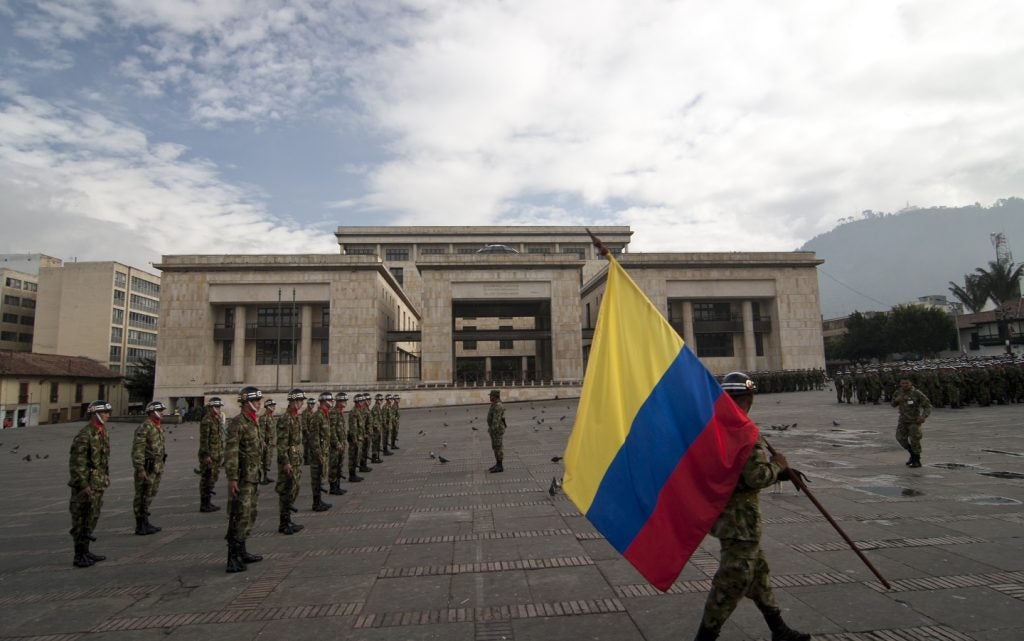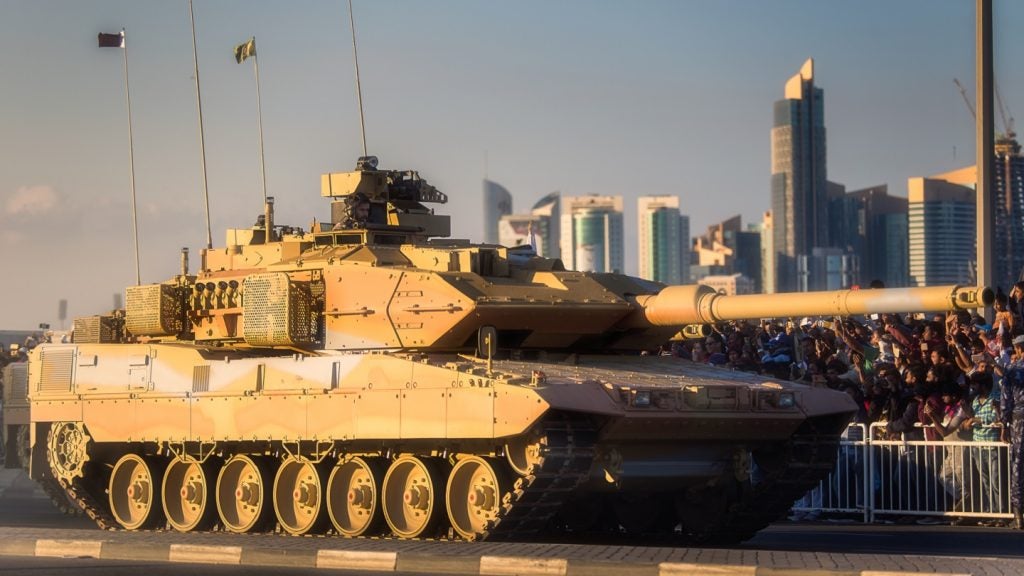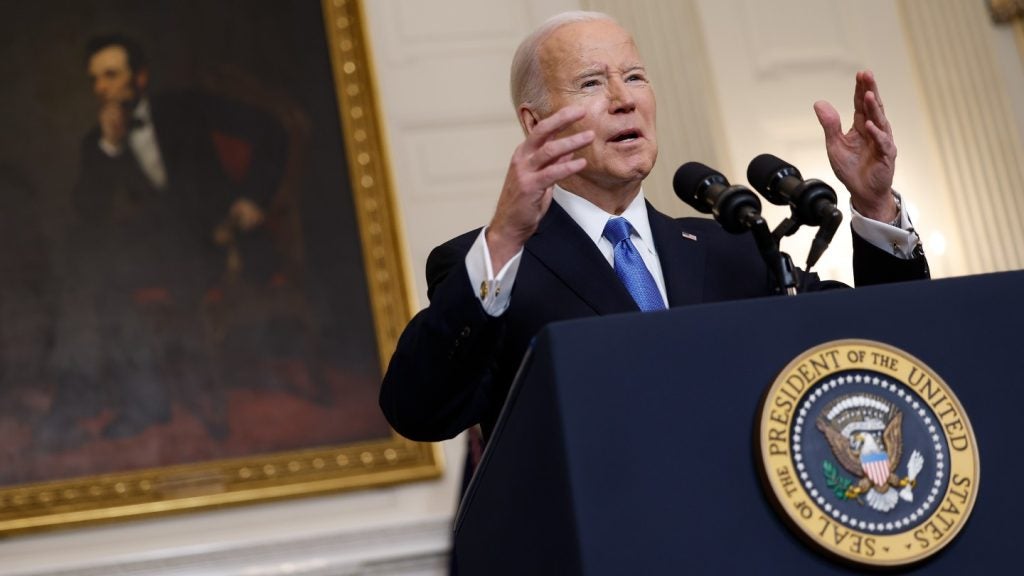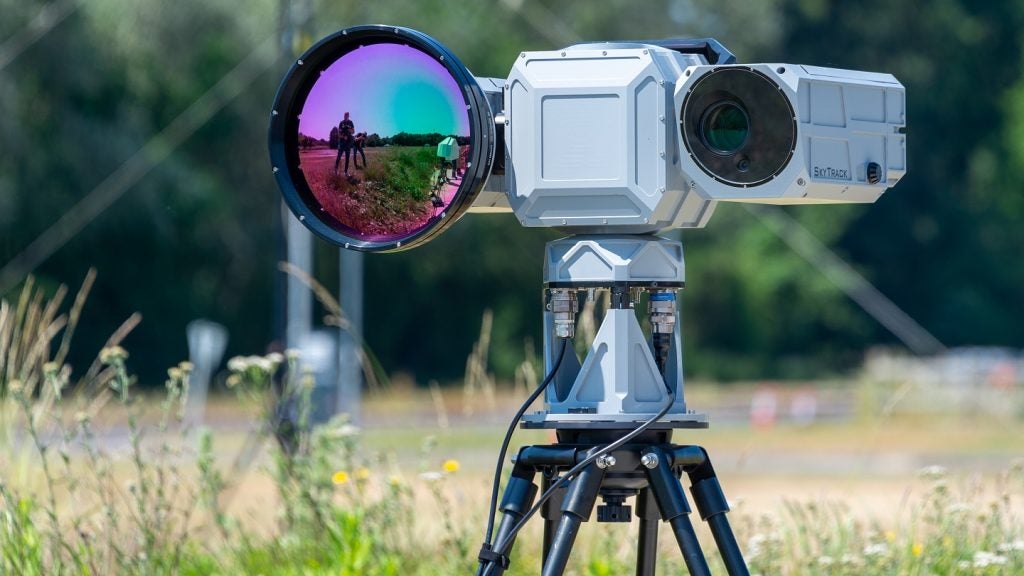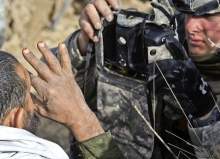

Biometric authentication has been used by authorities to identify individuals since the first police mug shots were adopted in the 1840s, and fingerprints were first used to convict a murderer in 1892. The launch of practical computerised systems rapidly revolutionised civil defence, most notably airport security and access controls; years before the London 2012 Olympics opening ceremony, biometric systems were used to identify construction personnel allowed on the Olympic Park to build the stadia, for example.
Until recently, there were few applications for biometric systems in a military environment beyond verifying the identity of personnel entering bases and gaining access to restricted areas. That changed during the Iraq and Afghanistan conflicts and subsequent peacekeeping efforts, where military personnel moved freely among, and offered employment to, civilians in an effort to win hearts and minds.
To succeed in this new environment, biometric systems have evolved to optimise size, weight and power (SWAP) to support a portable format, and to cope with the rigours of challenging climates, while not intimidating civilians. This new demand has helped drive a growth the market against the grain of defence cuts. The Strategic Defence Intelligence report The Global Government Biometric Systems Market 2014-2024 suggests that the sector will experience a compound annual growth rate (CAGR) of 6.88% over the next ten years and will be worth $6.9bn by 2024.
But underlying the technology drivers is a more basic need for the verification of digital identity that is valid globally. Biometric systems were developed because traditional forms of identification are unreliable and cannot provide proof positive of an individual’s identity – passports can be forged, entry cards stolen and databases hacked.
See Also:
HRS: designing biometrics for tough environments
One company that has risen to the challenge is Liverpool-based Human Recognition Systems (HRS). The company’s MForce offering is a fully scalable, mobile automated biometric identification system capable of fusing a range of biometric data – including iris, facial and fingerprint recognition — to provide intelligence for military, humanitarian, security, border force and policing applications.
How well do you really know your competitors?
Access the most comprehensive Company Profiles on the market, powered by GlobalData. Save hours of research. Gain competitive edge.

Thank you!
Your download email will arrive shortly
Not ready to buy yet? Download a free sample
We are confident about the unique quality of our Company Profiles. However, we want you to make the most beneficial decision for your business, so we offer a free sample that you can download by submitting the below form
By GlobalDataTaking a look at some of the equipment which has been influenced by a decade of war in Iraq and Afghanistan. .
"What’s unique about MForce is it’s fit for purpose," says Neil Norman, company founder and CEO. "The unique environment in which we have to deploy these systems is typically without a reliable power supply and in an asynchronous format; that is with no reliable network connection."
Norman adds that physically these systems have to be robust and rugged, survive challenging environmental factors such as water and sand, and foolproof as they may be in the hands of fairly young military people on the front line, who have to get the job done quickly, efficiently and effectively, often under a lot of pressure.
In asymmetric warfare or humanitarian aid missions, military and NGO personnel work among local populations and need a confident means of identifying the target group that they’re going to be working with.
"A lot of people think it’s just about weeding out the bad guys, and it’s not," says Norman. "It’s also about identifying the good guys, the neutral guys – it’s about giving users confidence that they know the community of people that they’re working with, either because they’re giving them aid or tokens for food, or they’re trying to protect a community from some organisation that is trying to infiltrate it and embed themselves."
Proof positive – using biometrics to build better communities
Norman cites one example when during the Iraq war the military was disbanded and troops were no longer paid, tempting many to join the Mehdi Army militia fighting US troops. Instead the American forces offered a daily dollar rate for individuals to help secure the region.
"They needed to make sure these individuals weren’t going to be paid to do the wrong thing and turn up in some other military force elsewhere through guarantees that the right people were being paid to do the right job," explains Norman.
HRS has also carried out work in a southern African country which is in the process of building some of the infrastructures the developed world takes for granted, such as police, the military and correction facilities.
"Because it’s a fledgling society, some guys turn up to be police officers who also registered as soldiers," says Norman. "We’re helping establish that very basic human right of identity in these environments so that these authorities can best work with the local communities."
HRS’s support of the British military in Iraq demonstrated the two sides to the military application of biometric systems. As part of the operation to win hearts and minds, deployed troops endeavoured to employ local plumbers, electricians and other trades people. As they carried no form of identity, the military used these systems on bases to ensure the right people were getting access. The flipside was to check suspicious individuals in theatre.
"We’d give the soldiers portable devices in a mobile phone configuration to check the guy and maybe discover he was present when an IED went off," says Norman. "Equally, they may lift a fingerprint from an IED and enter it into a database. So you’re building this intelligence picture that gives you an evidence-based approach to stop them and interrogate further if required."
Military challenges pose far tougher obstacles than commercial use
HRS found that the demands placed on its biometric systems by the military were far tougher than the commercial world and came up with innovative solutions to the challenges presented. For example, capturing iris prints outdoors in the Middle East on a hot, sunny day was difficult as the individuals tended to squint.
Can cash-strapped Western militaries use this commercial innovation for their own ends?
"Whereas historically iris capture is carried out at a distance of about 20 inches so your irises are in the open, we re-engineered the system so you put your eyes up to what looks like a set of binoculars. That encloses your eyes from the light and we get a really good capture of the irises," explains Norman. A similar solution comes in a sleeve format to attach to a smartphone, supporting the military’s increased demand for commercial off the shelf products.
Iris recognition is growing to be the most popular biometric to use, because not only is it the most unique but it is also the ‘cleanest’; you may lose fingerprints or even fingers, but a speck of dust in the eye is soon removed. However, iris recognition works even better as part of a complete picture.
"There is a new trend in what I’d call fusion intelligence," says Norman. "You can have a single modality of biometric data like iris or fingerprint, and that will help you with one particular mission set. But by combining biometric data with other factors such as geo-stamping to track locations, or vehicles the individual is associated with, you get more of a pattern. A facial match will only give you 40% confidence of an identity; when you build up intelligence around that event, you can inform better decisions."
The concept is behind HRS’s MTrust system that supports building up intelligence around an identity and over time attaching more profile information to it drawn from different sources.
"We call all that intel identity vetting; giving confidence that the identity is who it claims to be before confirming it with an iris capture," explains Norman. "We build up the intelligence picture before we know who someone is, then boom! We put the facial recognition or fingerprint on it and then we can say right, you’re Tom, and work back from that point to say Tom was here, here and here."
Identifying the future
Norman admits that while the field of biometric technology is fairly mature now, its application to real-world problems is still immature, although the benefits people are attaining from the systems are helping rectify that. But for the military to get best value for money out of the newly evolving biometric technology, it needs to change its procurement cycles.
"The technology’s moving really fast, but it may take four years for a procurement to be realised, by which time it’s already two years out of date," says Norman. "If you’re buying a fighter jet or a warship, that requires a long-term procurement cycle. But that same cycle is often applied to the procurement of fast-paced technology and it just doesn’t work."
Follow Berenice Baker on Google+


.gif)

